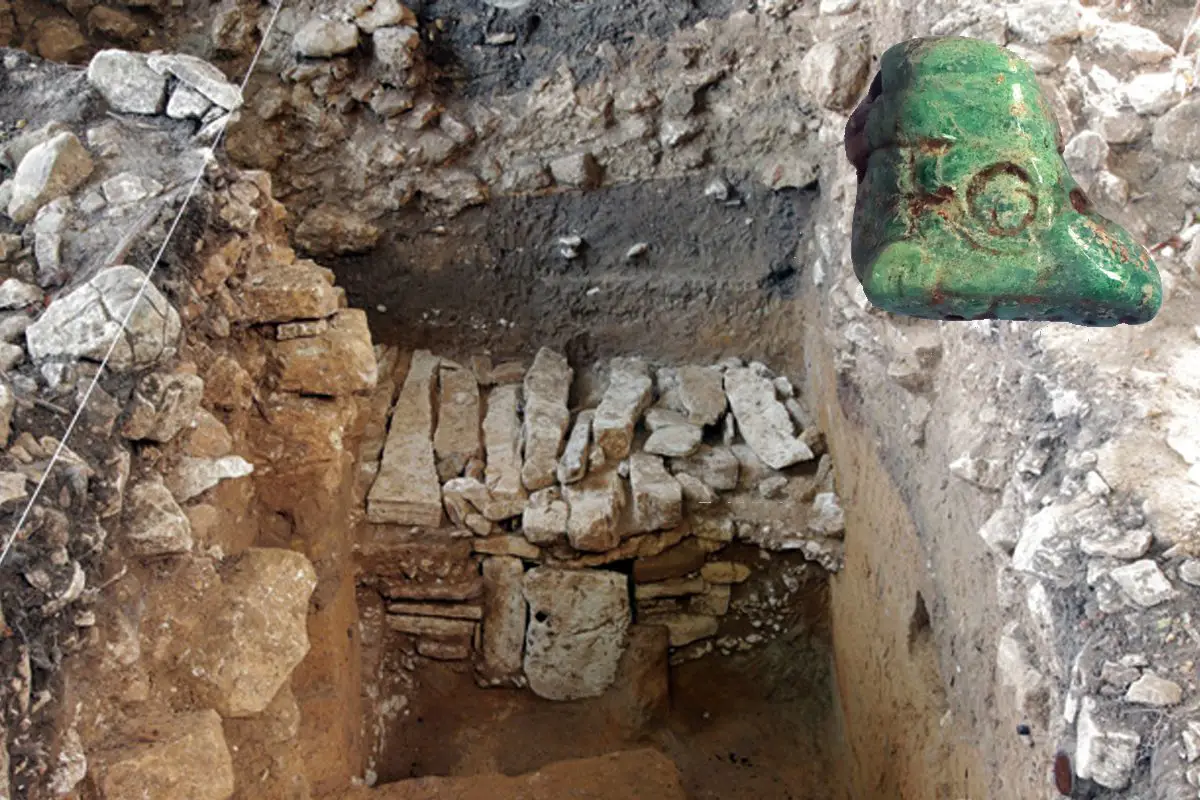Archaeologists from the National Institute of Anthropology and History (INAH) have discovered a burial chamber at the Maya city of Palenque.
Palenque, also known as Lakamha in the Itza Language (meaning “Flat-Place-River”) was a Maya city state located in the Mexican state of Chiapas.
Much of the history of Palenque has been reconstructed from hieroglyphic inscriptions on the monuments, revealing a sequence of the ruling Palenque Dynasty from the 5th century till the 8th century AD.
Palenque is a medium-sized site, smaller than Tikal, Chichen Itza, or Copán, but it contains some of the finest architecture, sculpture, roof comb and bas-relief carvings that the Mayas produced.

Archaeologist from INAH have been conducting restoration works as part of the Program for the Improvement of Archaeological Zones, funded as a government led initiative by the Ministry of Culture.
During excavations of a structure designated CP3, the researchers uncovered a burial chamber containing a skeleton placed in a face-up position and orientated to the north, a typical funerary custom of the high-status inhabitants of Palenque.
Several large ceramic bowls were placed in the chamber as offerings, which according to Maya funerary beliefs would nourish the deceased both in life and death.
The remains of a woman and a skull was also found in a secondary burial deposit, in addition to green figurines made from malachite, a green copper carbonate mineral that the Maya believed had important spiritual powers and properties,





